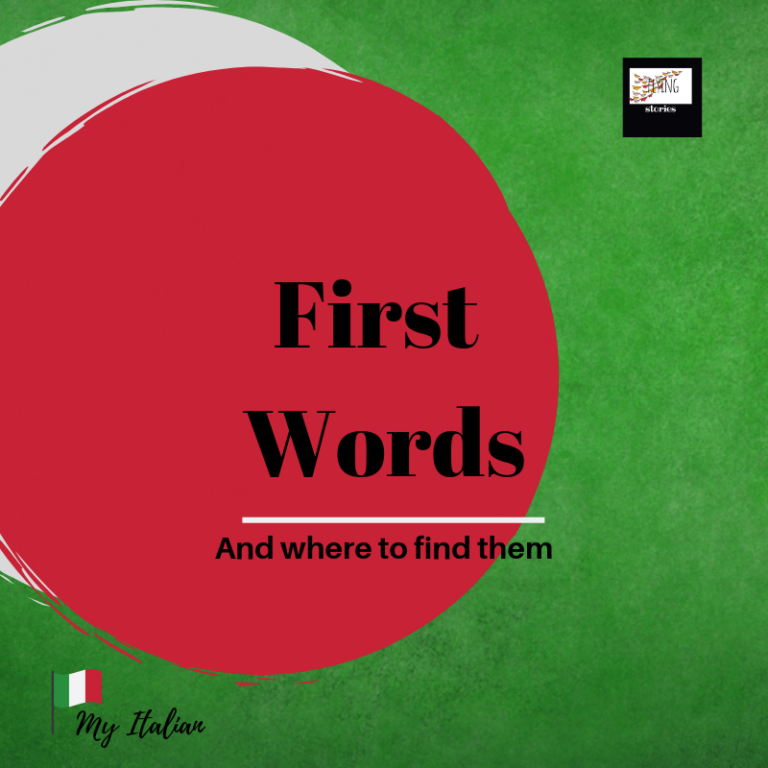The alphabet
First words
Let’s have some old- fashioned recap, now. Let’s start with the alphabet. As we said before, there is a classic method for everything we decide to study. A classic way you can study the alphabet is the repetition of the sound of a language. In this case, the purpose is to give us a small base to start with.
Which sound?
In Flyingstories we will try to give you something different. The sounds of a language don’t have to be strictly closed inside this classic alphabetic- scheme. “L” as a letter is not coming naturally before “F”, it’s just a custom, a style rule. Furthermore, the same letter you listen in the alphabet has a different sound if read in different words. An example is:
Casa
[cà-sa] /ˈkaːza/
(House)
or
Cielo
[ciè-lo] /ˈʧɛːlo/
[ˈtʃɛlo]
Words and letters

And if the same letter encounter the “H” sound (silent in Italian), it changes again. But don’t worry now about these differences, we will come back to that. Let’s start now with the first three hypernym. We will use these to start pronouncing some words and create our basic dictionary at the same time. Don’t worry if you feel you’re funny pronouncing for the first time. Almost no one loves listening to his/her own voice recorded. Despite that, please force yourself to record your voice. Listen to it, compare it to the pronounce of mother tongue as in vocabolaudio.
Casa
We will start with your comfort zone, you own house. There is no difference in Italian between house and home, but whatever sense you want to give to it you’ll find incredibly useful. Pronouncing it you will discover the first rule of “C”. It will change its sound if followed by consonants or vowels. Now, “CASA” starts with a “hard” sound, similar to the “K” sound in English. The exact same hard sound that you will find when C meets H (or other consonants, rarely). We will see in the next article how and when the letter “H” will follow “C”. Let’s step forward to the next word.
Facile
[fà-ci-le] /faˈʧiːle/
Easy
Facile! It will be the adjective we will use in few lesson, after we will learn some more Italian words. Facile, easy. As easy as the first letter of the word, the same “F” we can find in languages as Russian or Arabic. For this reason, we skip again to the “C” sound. My experience in teaching Italian to foreigners tells me that some of you pronounce this word “Fakile” at the first attempt, while French speakers would probably use a more soft sound.
Just try
It’s completely fine. You learnt that “C” sound is “K” and you use that rule. Although, as I told you before, “C” sound will change if followed by consonants, and this is the case. So we can add to the “C” rule that when you find the vowel “I” in Italian after the consonant “C” we will have a soft sound, the English “CH” sound, as in “CHILD”, that you probably know for the international word “CIAO”. To summarise (but we will come back on this rule later, don’t panic) we can state that when the consonant “C” is followed by the vowels “I” or “E” the sound will be soft, while when followed by the vowels “O”, “A” or “U” the sound will be hard.
Let’s practice!
It’s enough for today, so let’s practice a bit before you go to watch video of cats rolling on bed. Try to have your best guess on pronouncing loud this words:
Don’t stress about what this terms mean, now. Focus on the rule of “C” sound followed by vowels, right now. After you tried, click on every word and discover if you guess it right!